What Does Chamber Music Really Do For a Student’s Playing?

The Violin Channel member Sabrina Young from the United States was keen to know: “How important really is chamber music? What does it really do for a student’s playing?”
The question was passed to former-Cleveland Quartet and Sequoia Quartet violist and Rice University Shepherd School of Music pedagogue, Mr James Dunham. His response:
“Hi Sabrina,
Perhaps first and foremost, Chamber Music fosters the art of “listening” – not the kind that merely “hears” the linear melody or vertical chord: I’m speaking of truly deep listening that involves sonority, blend, harmonic tension/release, colors that can shift in only a few notes. It is intricate, emotional, meaningful.
In a similar way, this also requires truly hearing your colleagues! Chamber music is, after all, a shared and collaborative art form, and it involves a fascinating pairing of self-confidence combined with real diplomatic skill. As a touring musician, I was often challenged by non-musicians who had trouble understanding the subtlety involved in making music in a string quartet.
Inevitably, the main question was “How can you stand all the compromises you have to make?” The answer was that we must be able to move beyond compromise and rise to the level of collaboration. If we only have the choice of “my idea” OR “your idea,” one of us will be unhappy for sure! If we simply combine portions of each idea and “try hard,” most likely we will both be “half-happy,” which is to say: completely UNhappy! IF, on the other hand, we explore both ideas, try them with true honesty and strive to understand each possibility, in many (most?) cases you come out with something more dynamic, more compelling than either of us would have discovered on our own. Add two or three more people, and this exploration is expanded exponentially! Granted, it requires very open and willing musicians, capable of stepping aside from “ego,” to go beyond any single idea. The challenge may be great, yet the rewards are without parallel.
Mutual respect is a must, of course, and all this exploring takes time. Leadership and language skills are developed, enhanced and honed along the way. Of particular interest is the growth of refined technical skills that allow intricate voicing within the ensemble. Sounds that are too “opaque,” which muddy the clarity of the ensemble, are often criticized as “too loud or too soft.” If only corrected by changing the dynamic, these sounds simply remain opaque, just at a new dynamic level. If, on the other hand, the sound is made “clear,” often the original dynamic was not the actual issue, only that the clarity was lacking. For now, of the myriad possible challenges and solutions, I will offer only a single example. Let’s say the issue is playing an accompanying passage “too loud” – chances are the bow weight is too much and/or bow speed too slow. If one then plays a bit closer to the bridge with a slightly lighter, quicker stroke, the high overtones are enhanced, the slightly muddy quality of the former stroke is relieved, and the melody can be heard “through” this more transparent sound without losing the presence of the accompaniment!
Another wonderful awareness that comes from chamber music study is identifying who your musical partner is at any given moment. In terms of a string quartet: Is this a 4-way blend? Are the middle voices a “duo” with top and bottom around them? Perhaps it’s a 1st violin solo, with the lower voices operating as a “trio.”
So many options, so many potential solutions! It means, therefore, learning to study the score and use your ears!
Briefly, what have we learned so far?
How to listen deeply as a musician.
How to listen deeply as a person!
How to share, collaborate and be supportive.
How to express oneself in an articulate, musical, emotional and compelling manner.
How to lead from any seat in the ensemble.
How to support from any seat in the ensemble!
Does this enhance the student’s playing in other areas? How can it not! As a soloist, even playing an unaccompanied work takes on a new character, and collaborating with a sonata partner reveals new depths to the harmonies and shared melodies and concepts. And as an orchestral player, suddenly the role of blending within a section takes on new meaning (and the ability to accomplish it!), the connections between sections begin to make more sense, and the conductor is thereby enabled to ask more of the orchestra without needing to explain the “how” of it, just the “why.”
Years ago at the Chamber Music America National Conference in New York City, I was asked to give a presentation on how I coach a chamber ensemble. I was incredibly fortunate to have the then up-and-coming (and soon to be prize-winning!) Pacifica String Quartet as my “guinea pig” ensemble and we worked through all the things I’m discussing here. At the end, a woman came over to say how much she enjoyed the session. “But,” she continued, “you weren’t only talking about music…you were talking about LIFE!”
This is what Chamber Music can mean to students of all ages.
Best regards, James“
James Dunham is a former member of the Grammy-winning Cleveland Quartet and the Naumburg Award-winning Sequoia Quartet. He currently performs with the Axelrod Quartet, in residence at the Smithsonian Institute in Washington DC – and serves a viola and chamber music teaching Professorship on faculty at Rice University’s Shepherd School of Music
The article orginally appeared on the Violin Channel website: Ask The Pros: askthepros@theviolinchannel.com
More Articles
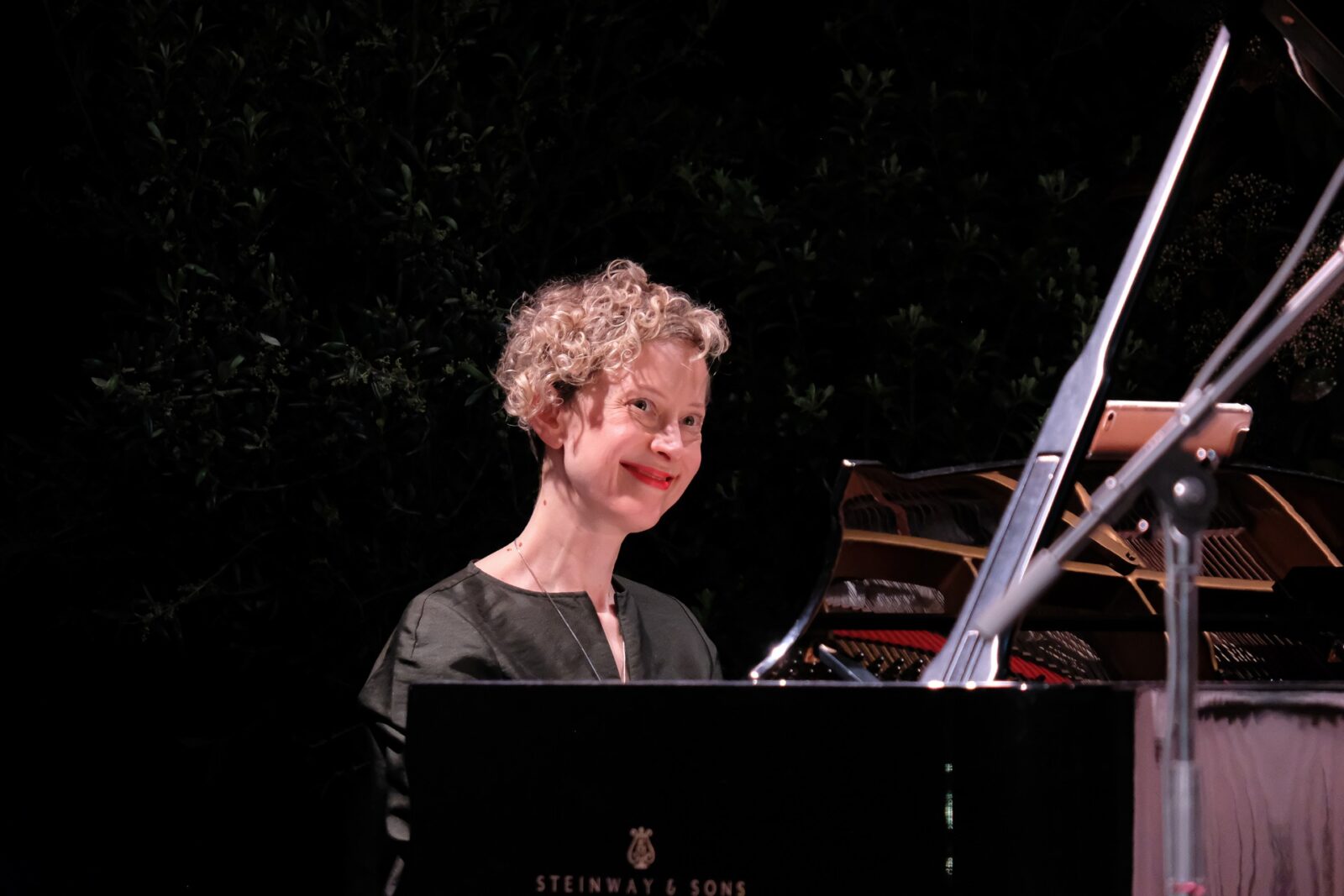
Befriending Performance Anxiety: simple tips for success
Performance anxiety is a universal experience, a survival mechanism that is hard-wired. Many of us react with shaky hands, lack of focus, shallow and fast breathing, rapid heart rate, and even feeling queasy. This is all perfectly natural - our protective sympathetic nervous system comes online to save us from danger, real or imaginary! Join Dr. Xenia Pestova Bennett for a free online webinar about managing performance anxiety on Thursday, October 30th at 6pm UK/Ireland time.Read More ↗
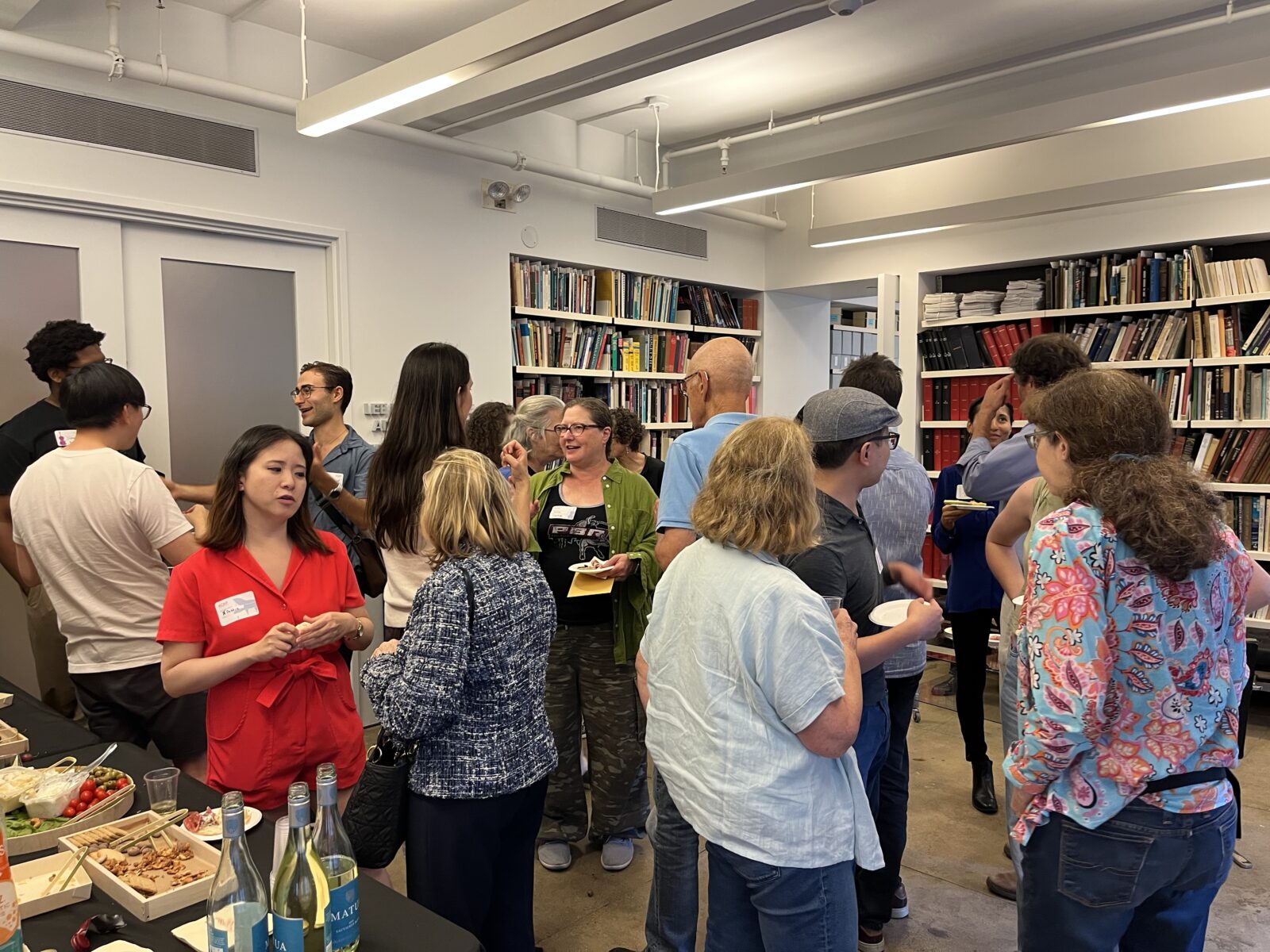
The Great American Play-In: ACMP and ACO
On Saturday, September 13 ACMP embarked on its first collaboration with the American Composers Orchestra (ACO). Together we organized a Play-In focused entirely on music by twentieth and twenty-first century American composers. Over the course of three hours, forty-five musicians discovered sixteen pieces or sets of pieces by a wide range of American composers, spanning from 1896 through 2025.Read More ↗
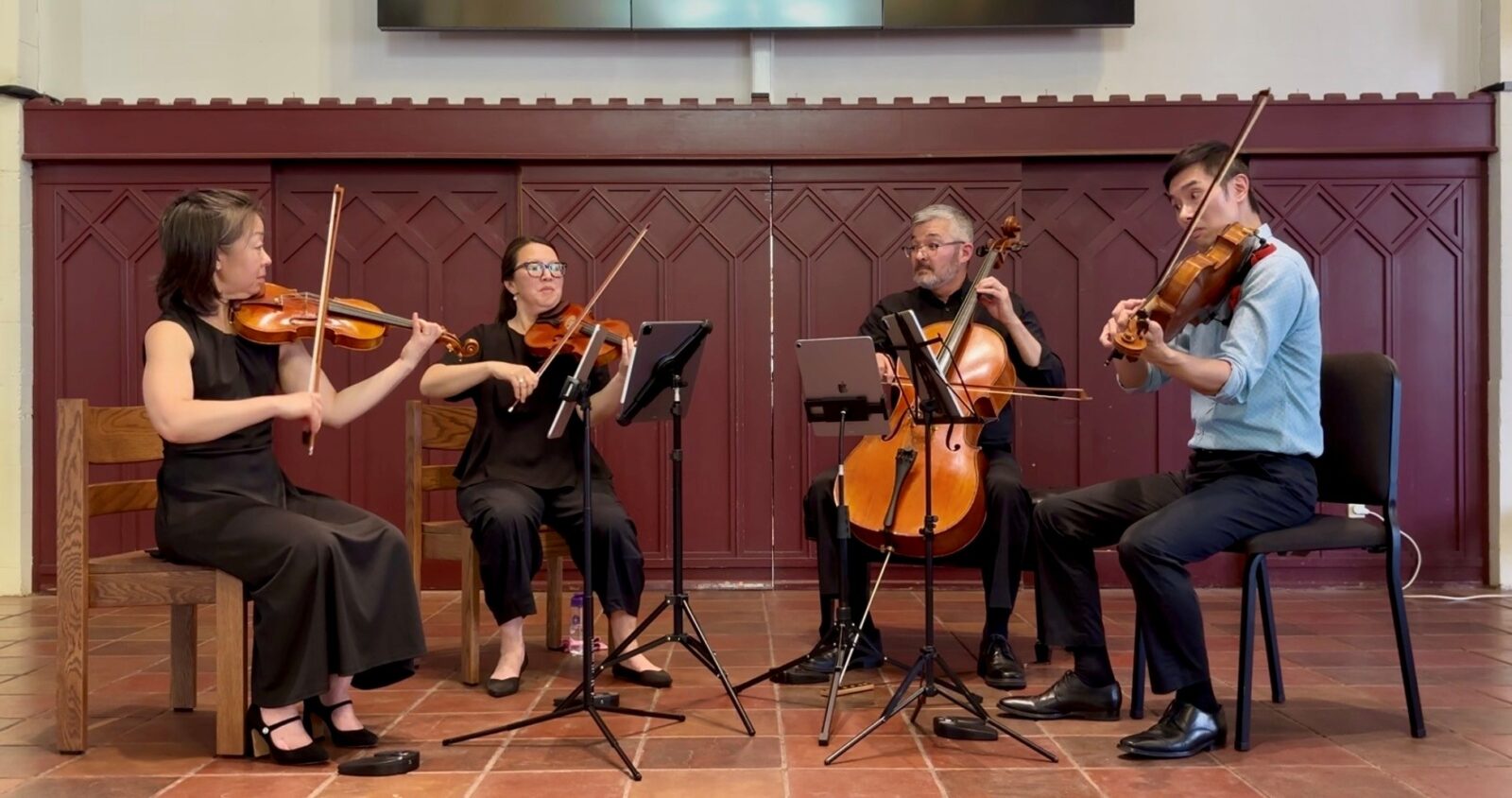
Just Play Concert: Exploring New Voices and Old Masters with the Tarka String Quartet
Thanks to a “Just Play” grant from ACMP, the Tarka String Quartet—Sue Soong and Julie Park on violin, Kevin Jim on viola, and Angus Davol on cello—recently shared a program in San Diego that reflected their passions: exploring new voices by women composers alongside the great works of the quartet tradition.Read More ↗
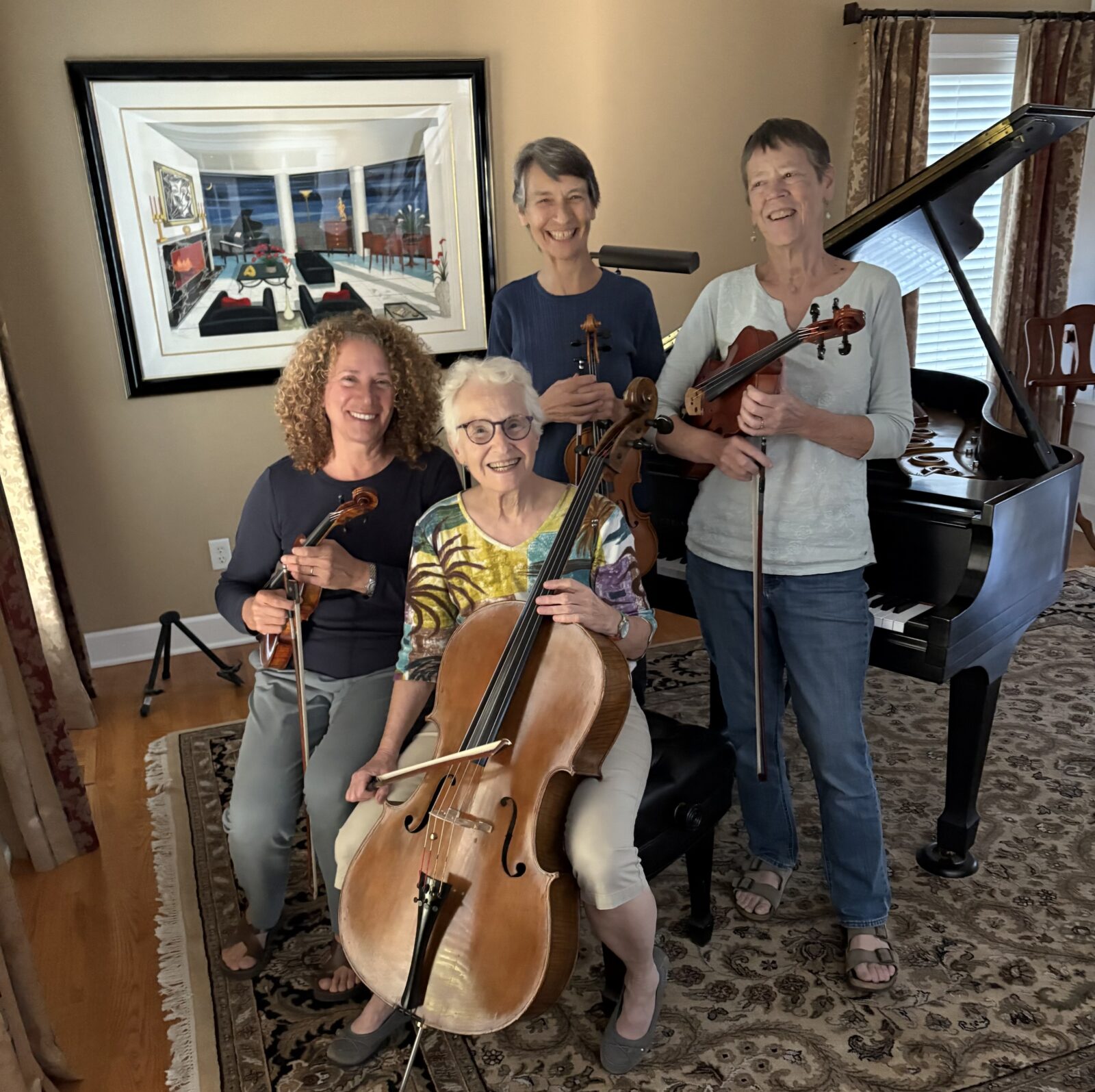
ACMP Members of the Month – October 2025
Playing in a regular string quartet is kind of like having a regular foursome in golf – everyone needs to be of roughly similar ability, and they also need to get along. When those two dynamics come together, the result can be a lasting chamber group that brings enduring friendships. Such is the case with our Members of the Month for October – Ruth Sklarsky, Barbara McIver, Ellen Henry and Kathy Lewis, residents of the Rochester, N.Y., area who have played in a string quartet for more than a decade. They got together and collectively answered a few questions about their musical journey.Read More ↗

ACMP Event: Meet Harumi Rhodes
Join ACMP’s Executive Director Stephanie Griffin on Saturday, November 1 at 2pm Eastern time for a lively discussion and Q and A with violinist Harumi Rhodes. Harumi is the daughter of two famous chamber musicians: Stephanie’s former viola teacher, Samuel Rhodes (Juilliard Quartet) and violinist Hiroko Yajima (Mannes Trio.) Find out more about Harumi’s early life in that celebrated chamber music milieu, and about her journey as she established her own career as the second violinist of the world-renowned Takács Quartet.Read More ↗
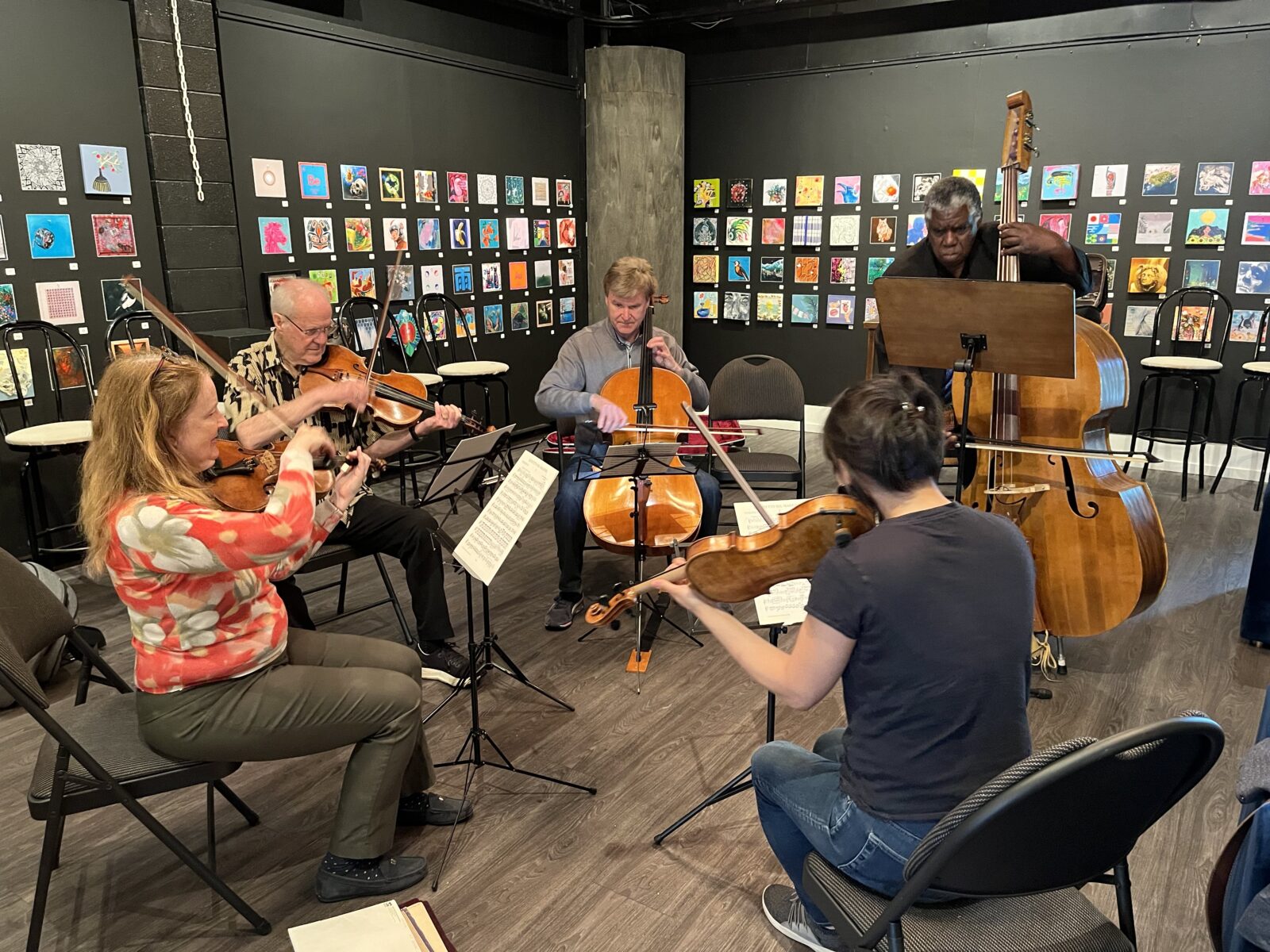
New guidelines for ACMP’s Workshop and Community Music Grant, deadline: October 24, 2025
ACMP's annual Chamber Music Workshop and Community Music grant cycle is open! Deadline: Friday, October 17. Read about the new guidelines and sign up for the Grant Information Session.Read More ↗

A weekend of music and renewal at Chautauqua
When you first set foot on the grounds of the Chautauqua Institution in southwestern New York, it’s easy to understand the lift in Arlene Hajinlian and Sonya Sutton’s voices when they speak about their summer homes, and why they would welcome a group of ACMP members for a weekend of music-making.Read More ↗
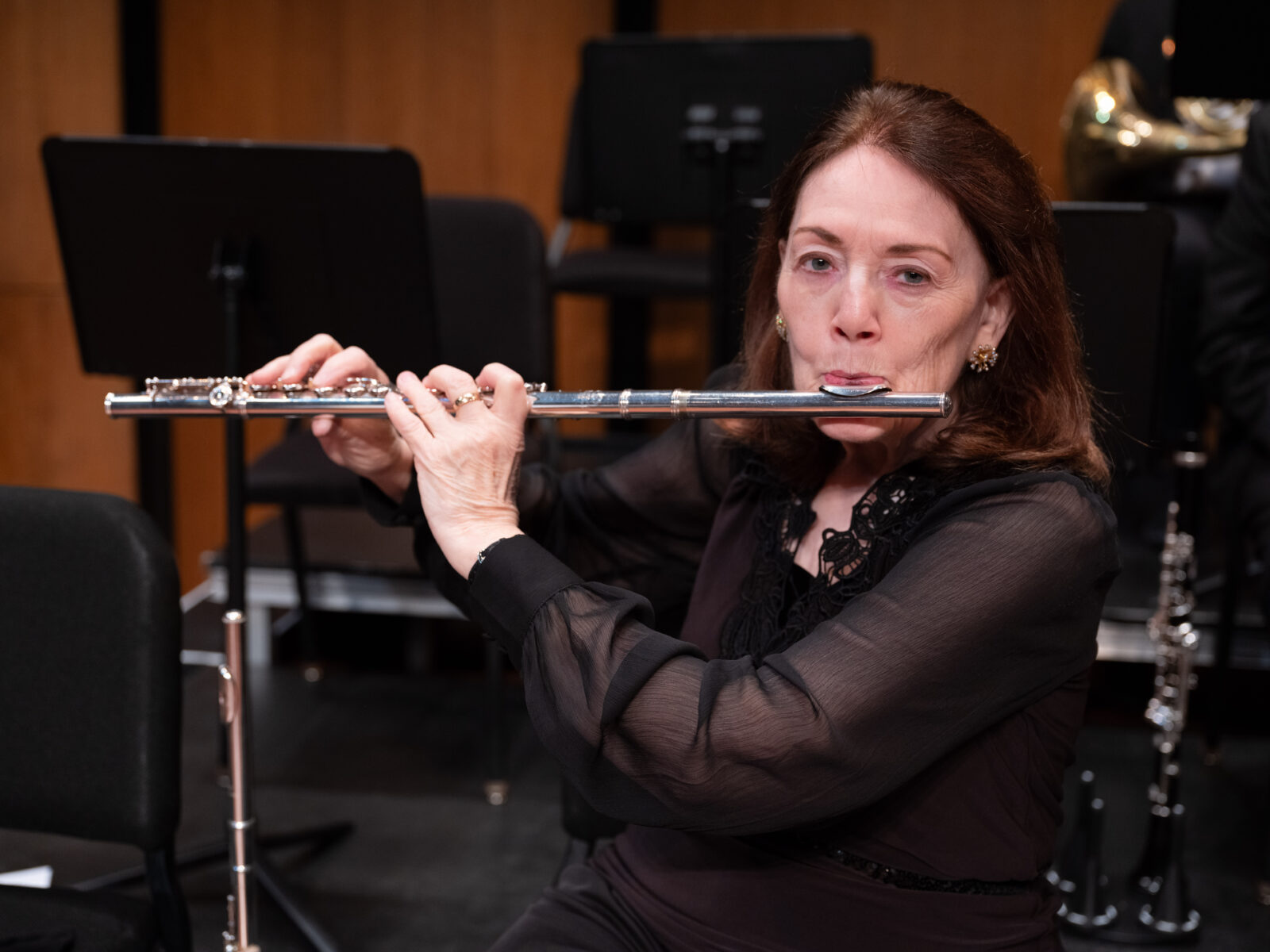
Optometrist by vocation, flutist by avocation
For someone who does not pay the rent as a musician, Pat Brown leads a full musical life with her flute. An optometrist by profession and a dedicated flutist, she has been a member of the Texas Medical Center Orchestra for more than 20 years, serving on the board and helping the group win national awards.Read More ↗
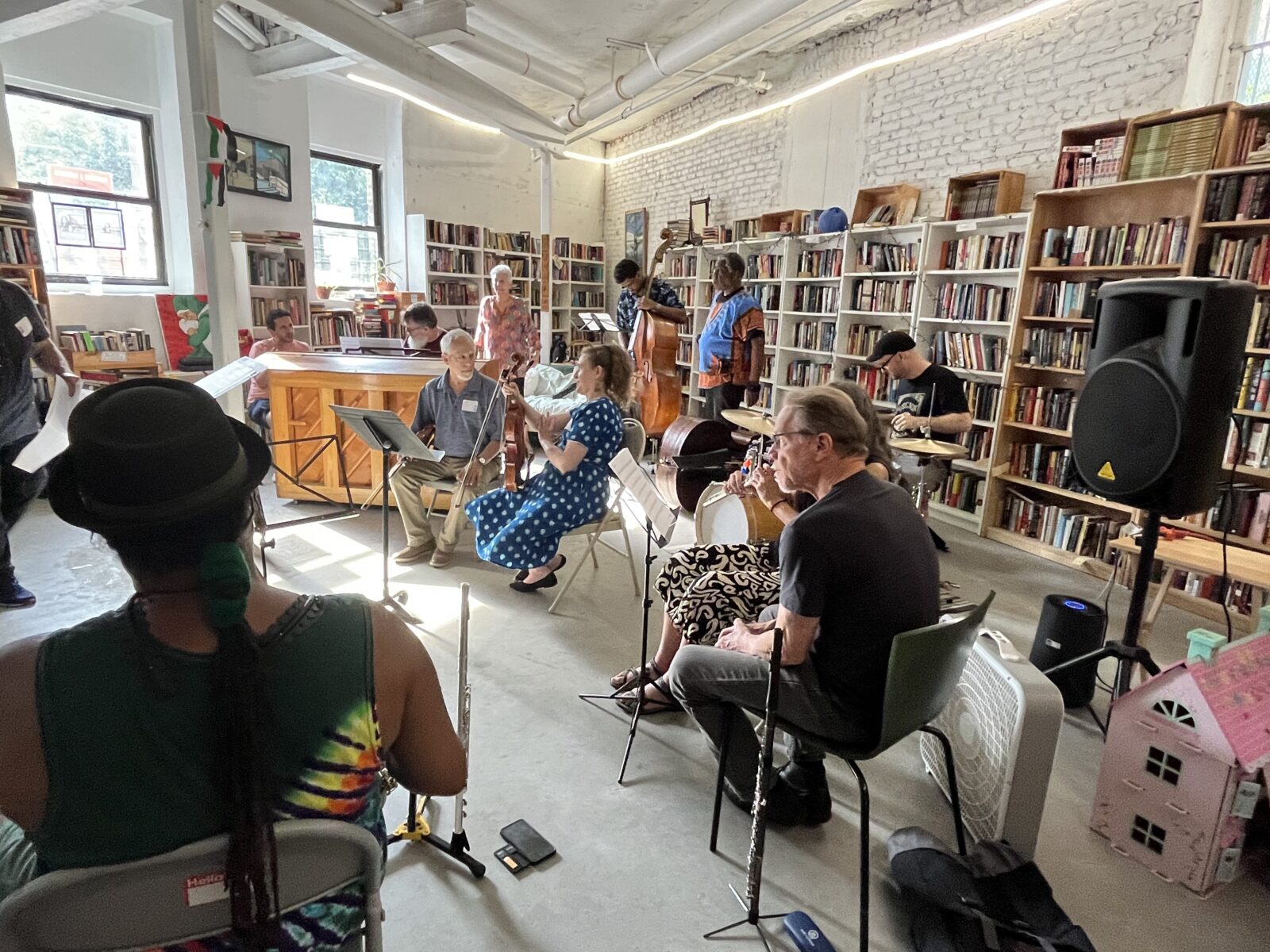
The Great American Play-In: Saturday, September 13 at Opera America
On Saturday, September 13 from 2 to 6pm, the American Composers Orchestra (ACO) and ACMP are hosting a fun and festive chamber music Play-In at Opera America (NYC), focused entirely on chamber music by twentieth-century and living American composers.Read More ↗

A professional pianist charts new musical paths with chamber music
When it comes to chamber music, ACMP pitches a big tent, from players just starting out to those rediscovering a passion for the music they played on their younger days. But ACMP’s membership also includes a thriving community of professionals — highly trained musicians who discover a community in ACMP that is hard to find elsewhere. Grace Shepard is one such professional living in South Florida and serving on ACMP’s North American Outreach Council.Read More ↗

How a cellist learned to love the viola, her way
Chicago-area cellist Ruth Rozen recounts her adventures with a vertical viola, opening the door to playing the inner voices in chamber music.Read More ↗
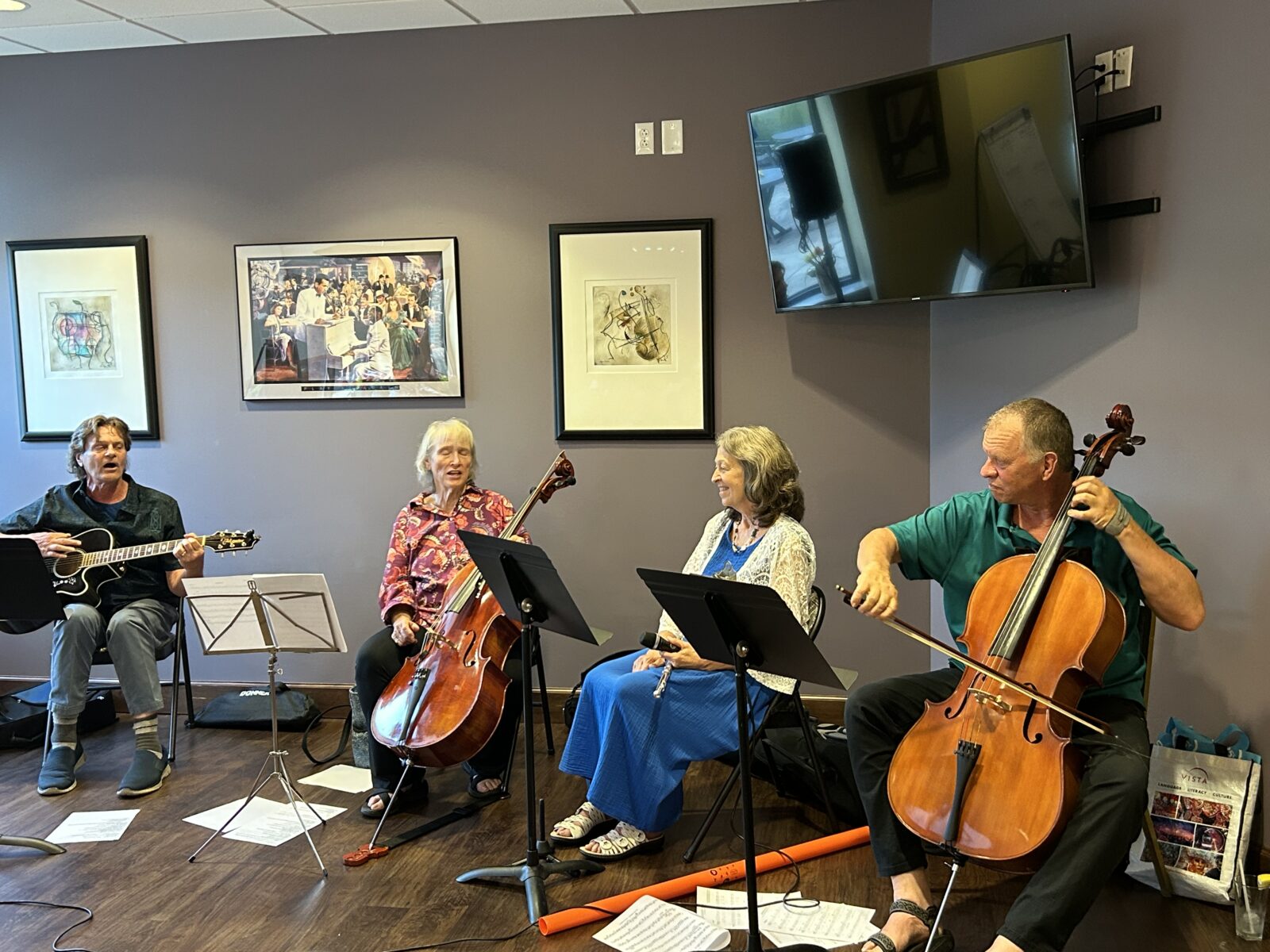
Tremendous Trivia Tunes: A Fundraiser for ACMP
Four members from DeKalb, Illinois tried a new method of fundraising for ACMP. They felt so grateful for ACMP's Home Coaching program and the wonderful teachers in our Coach Directory, that they came up with an innovative idea to give back to our community. They raised a little over $200.00, but the greatest part was how much fun they had doing it.Read More ↗

And the Play-Ins continued in June!
With ACMP's rapidly growing community of chamber musicians, Play-In season is never over! Read about two recent Play-Ins in June.Read More ↗
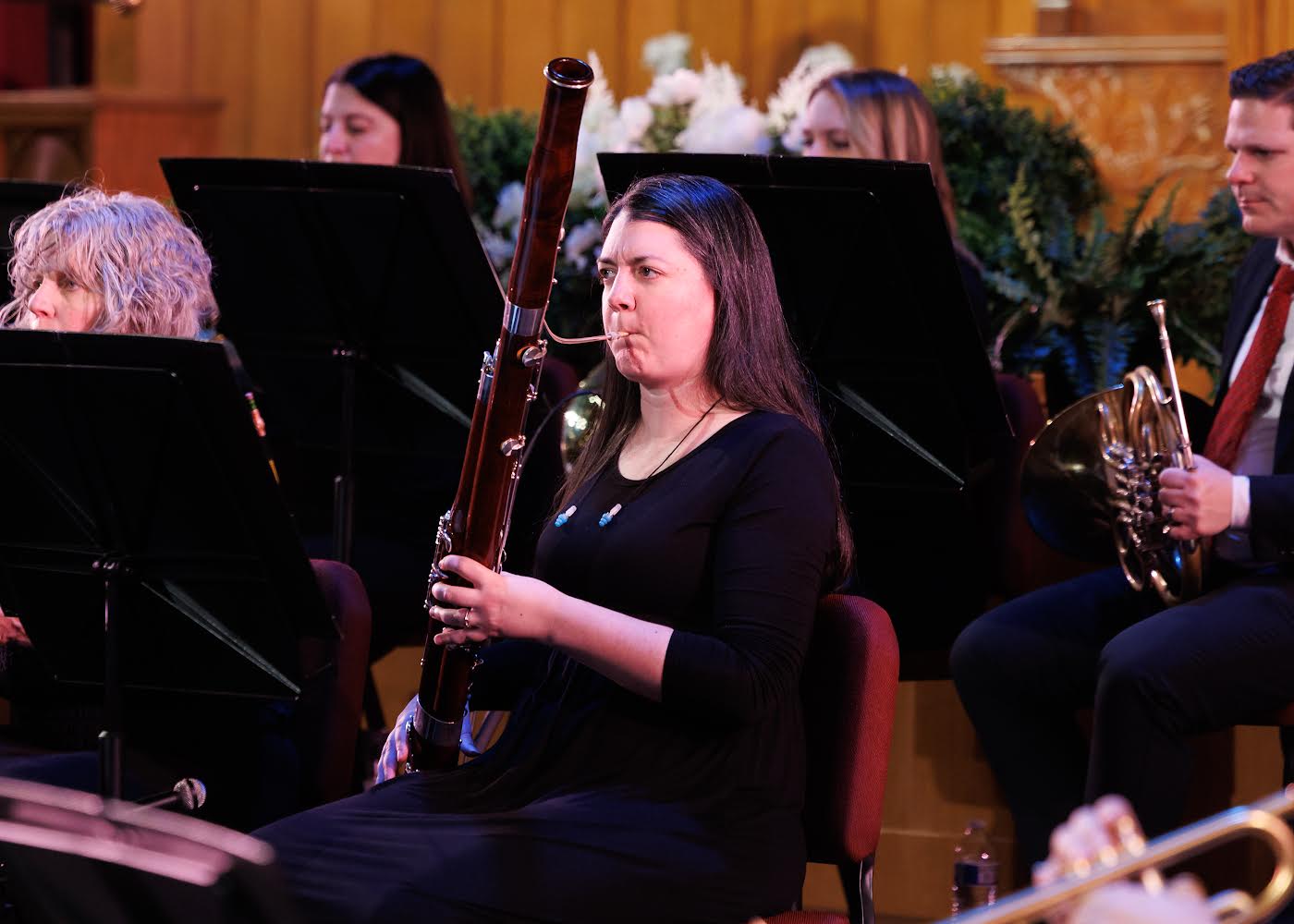
2025 News of Note Puzzle Contest Winner and Answers
Congratulations to bassoonist Jessi Vandagriff for winning this year's News of Note puzzle contest. And read more for the great puzzle answer reveal!Read More ↗
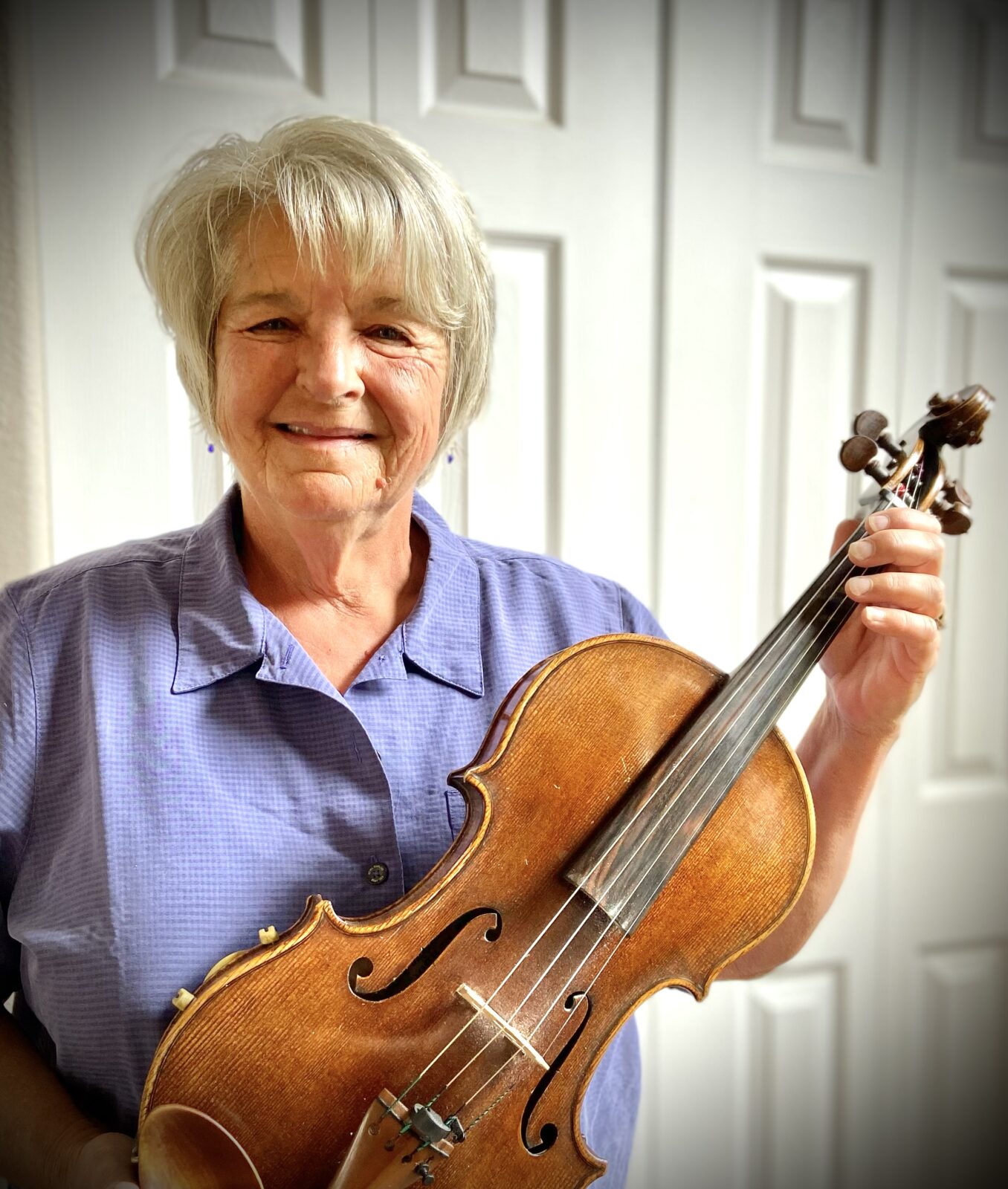
Member of the Month, July 2025: Cheryl Hite
The ranks of ACMP members are filled with professionals who began their college careers with the intent of pursuing music for a living, then for whatever reason moved into another career. Colorado-based violist Cheryl Hite is one of those musicians. A native of Detroit, she enrolled at Indiana University in the 1970s as a double major – biology and viola performance. Read her interview with ACMP Board Chair Bob Goetz.Read More ↗

The day my quartet played out of tune and almost got our host evicted
Chamber music can be a high stakes activity - play a bit out of tune, and your host could end up on the street. Read about one such close call in New York City.Read More ↗

News of Note 2025
It’s that time of year again! The web version of the 2025 News of Note is live, featuring updates from the past year—and some fun extras, including everyone’s favorite: a new puzzle. (Submit your answers by July 1!)Read More ↗
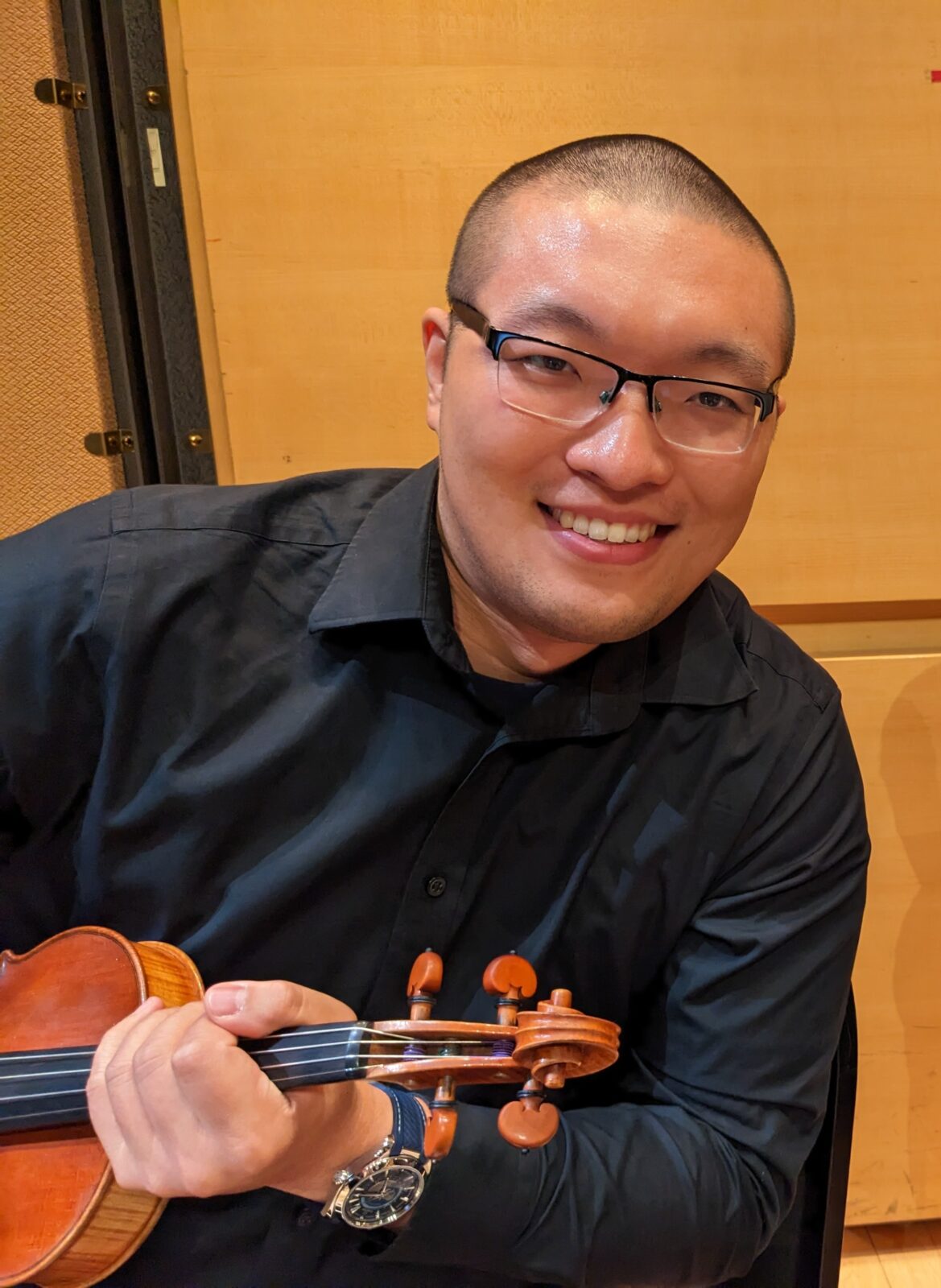
Member of the Month, June 2025: Frank Song
Frank Song, 28, may work remotely as a software engineer, but when it comes to music and the arts, he is all about being there, in person. With the flexibility to travel in his work, he seeks out concerts or museum exhibits in cities far beyond his home in Toronto. And while he’s at it, he takes along his violin to play chamber music. We caught up with Frank on a recent visit to New York, where he played chamber music with people he found through ACMP.Read More ↗

Seasoning for the Seasons
With a taste for adventure and a pinch of whimsy, follow ACMP cellist Tom Cappaert’s lead: stage a chamber concert in a Quito pizza parlor.Read More ↗

May 2025 Play-In Highlights!
Highlights from just a few Play-Ins during National Chamber Music Month!Read More ↗